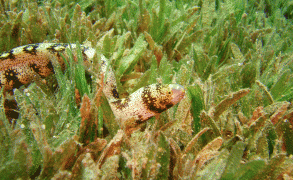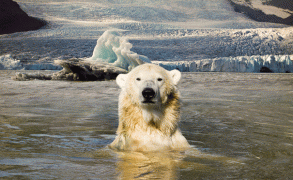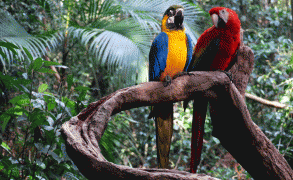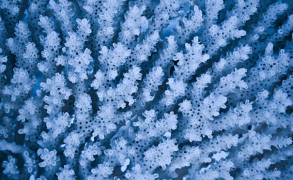
What stalagmites tell us about climate change
Cave formations can act as prehistoric weather stations.

Endangered seagrasses can store carbon
Scientists estimate that seagrass meadows can store as much carbon as a forest.

Dinosaur farts could have contributed to global warming
Gaseous emissions from giant herbivores may have been enough to warm the Earth.

Polar bears are much older than we thought
Polar bears have actually been around for five times longer than previous studies suggested.

Pre-Columbian farming secrets could save the Amazonian savanna
Raised farming beds used by the Amazon’s earliest inhabitants could lead the way for a sustainable ecosystem.

Louisiana is sinking
Though it may seem like a paradox, a lack of water could drown coastal Louisiana. Every hour, an area of land approximately the size of a football field disappears. Mostly to blame are…
Thickest parts of Arctic ice cap melting faster
NASA scientists reveal that the oldest, thickest sea ice is disappearing at a faster rate than the younger and thinner ice.
Sunshade geoengineering could increase food supplies
Small particles released into the stratosphere could improve food security, but may have unseen consequences for Earth’s climate.
Nuclear material in Antarctic moss provides clues to climate change
Atmospheric radiocarbon absorbed by the mosses during 1950s and 60s nuclear tests indicate significant climate change in East Antarctica.



